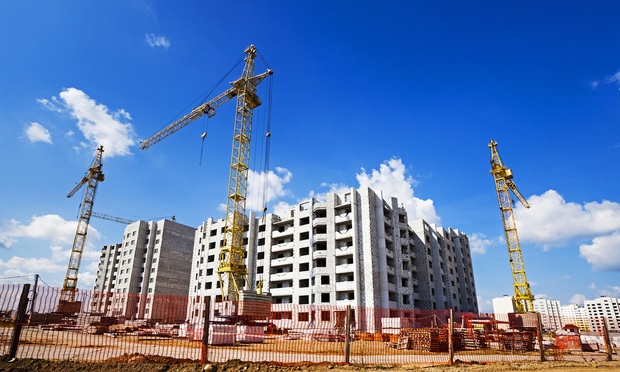Apartment sizes are getting smaller in the US. Research from RCLCO Real Estate Advisors tracked trends in apartment sizes, and found that apartments today are 100 square feet smaller than those built in the 2000s, falling from an average of 1,031 square feet for apartments built from 2000 to 2009 to 931 square feet for apartments built from 2015 to 2019. That is a 9.7% reduction in average apartment size.
Apartment sizes decline most rapidly from 2010 to 2014, when the average apartment size decreased more than 70 square feet or 7.6% to 952 square feet. Apartment sizes then decreased another 2.2% from 2015 to 2019.
The decrease in apartment size is a national trend, and it doesn’t seem to be more pronounced in specific metros, market cost or apartment unit types. In coastal markets, this trend emerged more recently. In both east and west coastal regions, apartments sizes decreased 4% and 5% in the last five years compared to apartments built from 2010 to 2014. In the Midwest and Southern markets, on the other hand, apartment sizes decreased the most in the period from 2010 to 2014, and leveled off in the last five years.
Cost has played more of a factor than market location. In high and moderate-cost markets, apartment sizes have decreased the most significantly. In these markets, apartment sizes decreased 13% in the last five years compared to apartments built in the 2000s. In high-cost markets, building trends—more than housing affordability—have driven the decrease in average apartment size. In moderately priced markets, on the other hand, shrinking apartment sizes can be attributed to residents downsizing from larger homes. This occurred largely in the earlier part of the decade, while apartment sizes have remained stable for the last five years.
Interestingly, smaller apartment units can largely be attributed to changing floorplans and unit mixes. These two factors explain the decrease in apartment size across markets and cost trends. In particular studios as a share of total units have increased across the board, according to RCLCO. Two-bedroom units have decreased from 45% of the total share of units to 34% of total units. This explains the smaller average unit size.
There are two outliers, however, in this trend. Three-bedroom units have actually increased as a share of total units, and have competed with families looking for single-family homes. In addition, the average floorplan size also decreased for studios and one-bedroom apartments, which shows that apartments themselves are decreasing, not merely shifting to smaller unit types.
The pandemic, however, could be causing this trend to reverse. If people continue to work from home into 2021 and beyond, or if companies shift to permanent work-from-home strategies, there could be more demand for larger apartment units. This could mean that new construction apartment plans will be larger. However, increased building costs will make this reversal challenging in high-cost markets and major metros.
